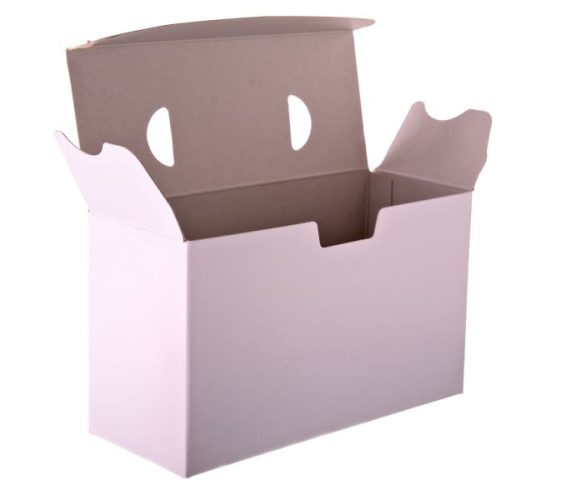4 Strategies for Matching Your Product with Its Ideal Packaging

Categories :
The packaging of your goods is just as crucial as the product itself in today's cutthroat market. It's the first thing consumers see, and it can significantly influence their purchasing decisions. Packaging is not just a container for your product; it's a critical marketing tool that communicates your brand's values, quality, and uniqueness. Therefore, finding the ideal packaging that aligns with your product and brand is paramount. Below, we explore four strategic approaches to ensure your product is presented in the best possible way.
1. Understanding Your Target Audience
The first step in choosing the right packaging is understanding who your target audience is. Different demographics have varying preferences in terms of packaging design, functionality, and sustainability. For example, younger consumers may prioritize innovative designs and eco-friendly materials, while older demographics might value functionality and ease of use. Conducting market research can provide invaluable insights into your target audience's preferences. Surveys, focus groups, and social media analysis can reveal what appeals to your customers and help you design packaging that resonates with them.
Take, for instance, a beauty brand targeting Gen Z consumers. By understanding that this demographic highly values sustainability and ethical production, the brand could opt for packaging made of recycled materials, with minimalist design elements to reduce waste. This approach not only appeals to the target audience's preferences but also communicates the brand's commitment to environmental responsibility.
2. Highlighting Your Brand Identity
Your packaging acts as a visual ambassador of your brand identity, embodying its ethos, personality, and key messages. Maintaining consistency in design across all touchpoints, including packaging, website, promotional materials, and even social media, is vital for reinforcing brand recognition and loyalty. Utilizing your brand's unique color scheme, logo, and typography on your packaging helps to create a distinct and memorable presence that consumers can instantly relate to.
Consider the power of brand identity as demonstrated by the iconic packaging of Apple—their minimalist, clean design with a focus on the sleek, white color palette not only reflects the brand's emphasis on simplicity and innovation but also sets their products apart in a crowded tech market. Similarly, Tiffany & Co.'s distinctive robin's egg blue box instantly evokes a feeling of luxury and exclusivity, even before the box is opened. These examples illustrate how effective packaging can serve as a key component of the brand's narrative, telling a story that resonates emotionally with consumers and offering them a consistent experience that begins at the point of sale and extends to the product itself.









